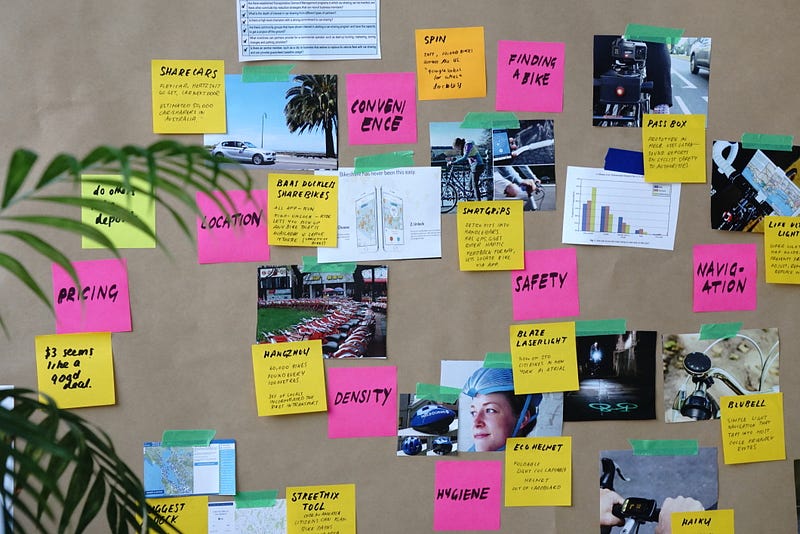Understanding Design Thinking: Chapter 3 - The Power of Prototyping
Written on
Chapter 1: Introduction to Prototyping
Prototyping is a fundamental aspect of the design thinking process that can truly astonish. It involves transforming ideas into tangible representations, allowing teams to visualize concepts effectively.

Ideas Generation
The journey of design begins with generating ideas. One effective method for visualizing this journey is through a journey map, which outlines the customer experience from identifying their needs to delivering the final product. This map serves to highlight key opportunities throughout the process, which can inspire innovative concepts. Typically, journey maps are organized along a horizontal axis, moving from low to high engagement or reflecting a timeline from the past to the present.

Journey Mapping in Design Thinking
Synthesis is the next phase, where the team synthesizes collected data to derive meaningful insights. This video elaborates on synthesis and various techniques used within design thinking.

Understanding Synthesis
During the synthesis phase, teams identify promising areas that reflect both human needs and business opportunities. Generating fresh ideas can be challenging, so renowned psychologist Edward de Bono proposed several techniques to foster creative thinking, such as lateral thinking and the Six Thinking Hats method.
Considerations for Concepting
- Delay Judgment: Avoid making hasty decisions based on initial ideas; allow multiple perspectives to emerge.
- Supportive Culture: Encourage team members to share their thoughts and collaboratively develop solutions.
- Visualization: Use tools like whiteboards, sticky notes, and sketches to make abstract concepts more tangible.
Data Intelligence in Concept Development
This video discusses the role of data intelligence in enhancing the design thinking process.
Applying Data Intelligence
After gathering data, it’s essential to evaluate concepts using these four guiding questions:
- Is further clarity needed?
- Is additional time required?
- Do you need more information?
- Would guidance be beneficial?
If any question resonates, adapt the concept using data intelligence tools like worksheets, which serve as a practical method for recording insights.

Chapter 2: Continuing the Journey
For more insights, check out the links to Chapters One and Two or explore the complete playlist on implementing design thinking:
- Cybersecurity Prologue I
- Cybersecurity Prologue II
- Cybersecurity Prologue III
- Cybersecurity Prologue IV
- Navigating Career Transitions
Final Thoughts
In this article, I provided an introductory overview of design thinking and its key components. Future chapters will delve deeper into this methodology. Stay connected for more insights and updates!
I appreciate your engagement, and I encourage you to subscribe for the latest thought-provoking content delivered right to your inbox. Thank you for reading!